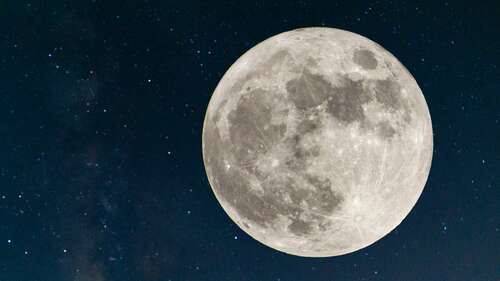
Being able to source familiar chemicals, elements, and other substances from locations outside of Earth’s atmosphere is handy in a general sense because it means less (or no) need to spend time, money, and resources bringing them along — or sending them out after the fact. In other words, space and lunar missions won’t have to set aside as much weight allowance or cargo space to bring some supplies or figure out how to resupply current ones economically. The fact that it’s hydrogen, however, makes it even more significant.
Hydrogen is extremely important to space exploration as it’s regularly used in rocket fuel, food processing, and fertilizer production and is a key element for fuel cells. This means future lunar missions could potentially refine materials from rocks and soil on the surface to produce a number of helpful (or even essential) supplies to build and preserve something admire a lunar base. It also means the potential to create water, a tricky commodity to manage without a series of complex systems designed to recycle wastewater and pull humidity out of the pressurized air.
Theoretically, this means future lunar bases could be partially — if not totally — self-sufficient. Extracting raw materials and refining them to keep the lights on and oxygen flowing, generating water for drinking and growing food, and so on.

